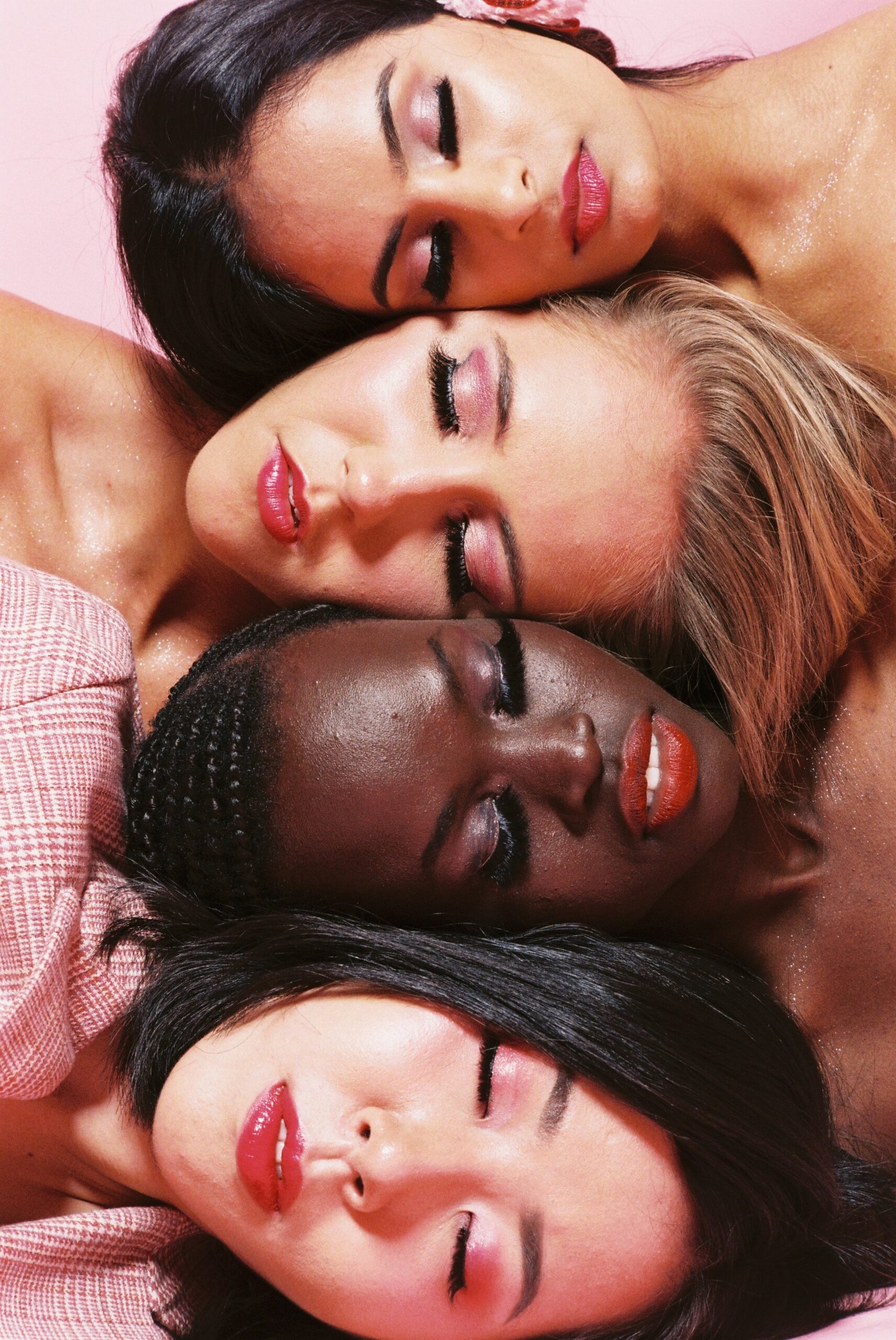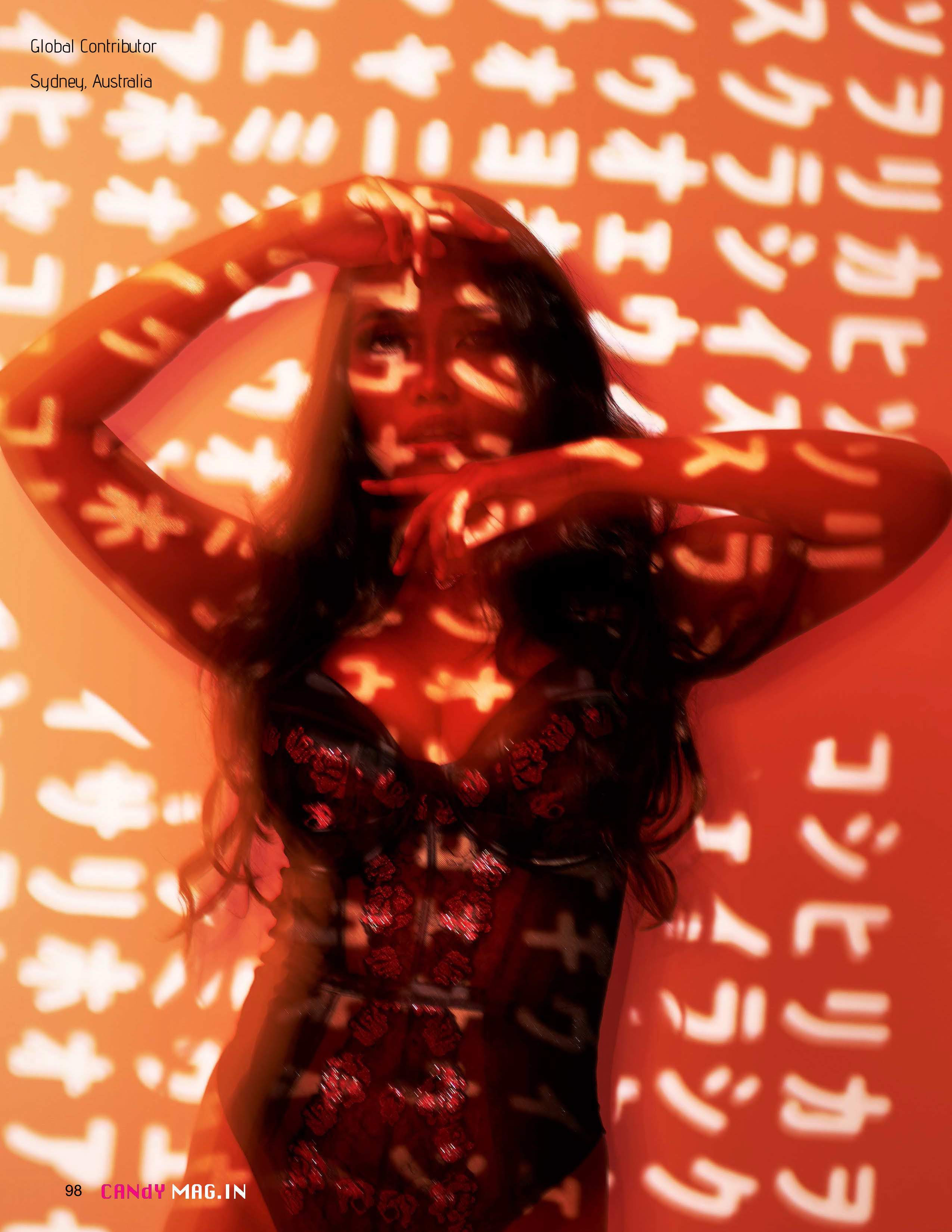It’s been almost two decades since I last shot film.
Back in high school I took up photography as an elective, at the time I had no interest in photography at all. I wasn’t very creative or arty. Honestly, I thought it would just be a good way to pass time quickly while not having to do much work at all.
We didn’t cover all that much in terms of exposure and were basically just told what shutter speed, aperture were and how to load and develop film in a dark room. While I did enjoy it, I don’t feel I ever understood exposure and hence many shots were either over exposed or under exposed.
I don’t know if the teacher even understood exposure and was basically just standing in to cover the unit and crossing off the checklist.
Moving forward today, I shoot regularly and understand exposure, metering, compensating and given that I have many manual lenses I thought it would be fun to shoot some film frames during my shoots just a little bit of fun.
I didn’t want a modern film camera, I wanted something older that would give more vintage looks to compare with the clean digital images I typically produce. I also thought it would be fun to find out if the skills I have since acquired would convert to film.
So I purchased a beaten up Nikon EM.
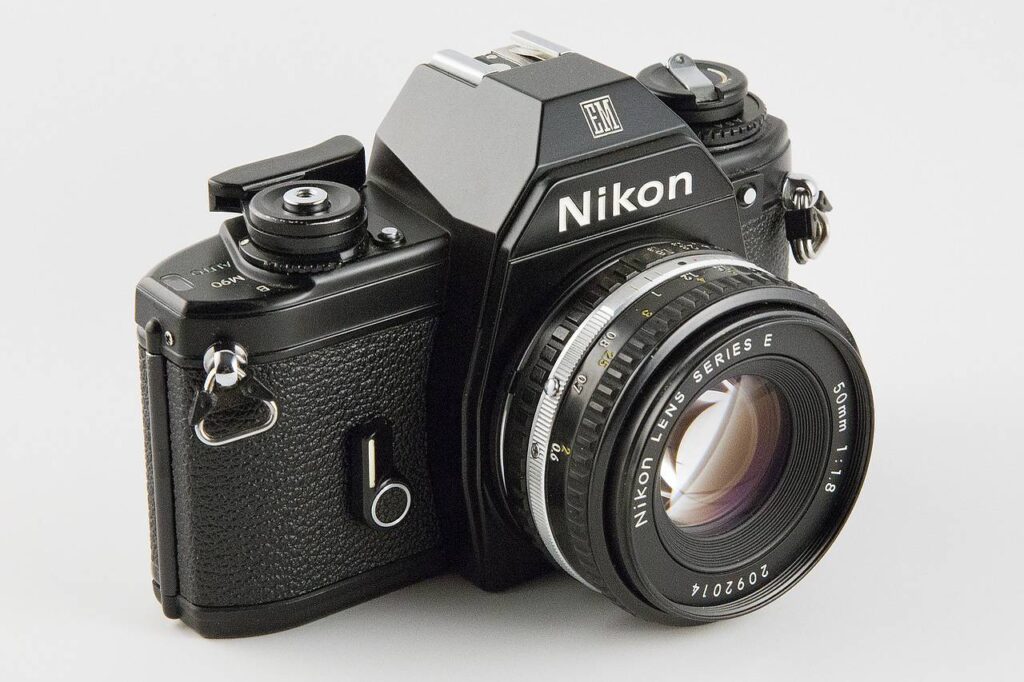
The Nikon EM was seen as somewhat of a failure, it was not a completely manual camera and ran full-time aperture priority mode. Though if you know what you’re doing you could always compensate using the ISO/ASA film dial. The EM did however has an M90 mode for flash photography and in studio, as long as you know your shutter speed is 1/90th then you can always adjust everything else to work around it.
This was perfect, I was able to shoot ambient light in a casual fashion and studio as I wished at a cheap price (there are plenty of these on eBay). It even has an auto indexing tab which made it much more usable with my array of lenses. The hot shoe mount was also a bonus so I would not have to use a flash sync cable to trigger my studio strobes.
The problem was, my camera was overly beaten up. Along with light leaks while shooting ambient light, it also had a shutter hitch which affected studio photography with the shutter itself appearing in the frames (but at times I felt it added to the overall mood of the photos).
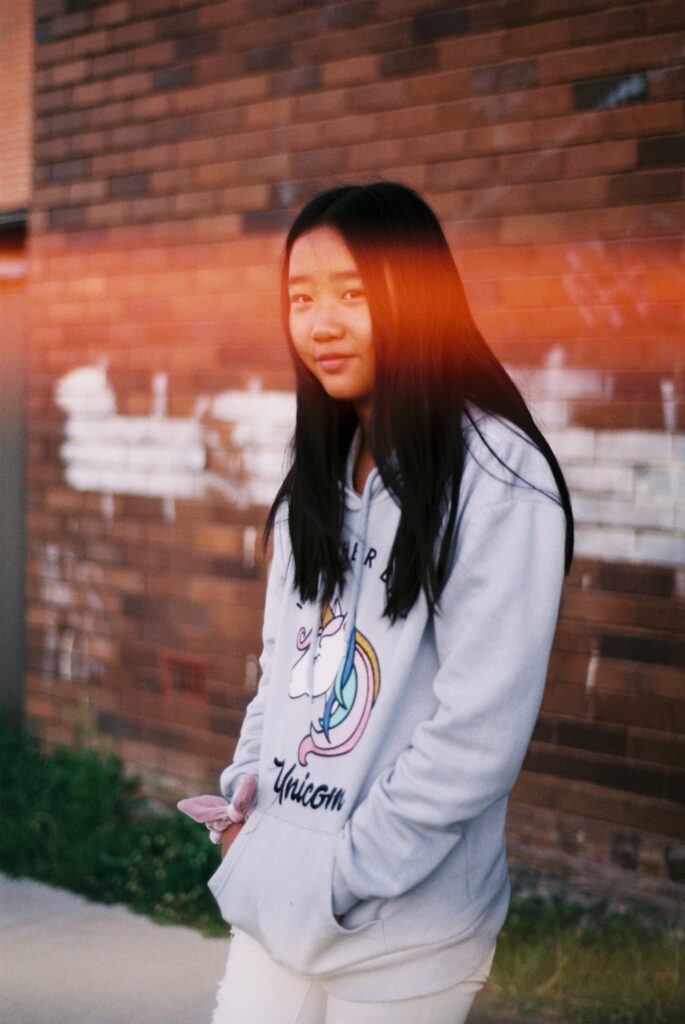
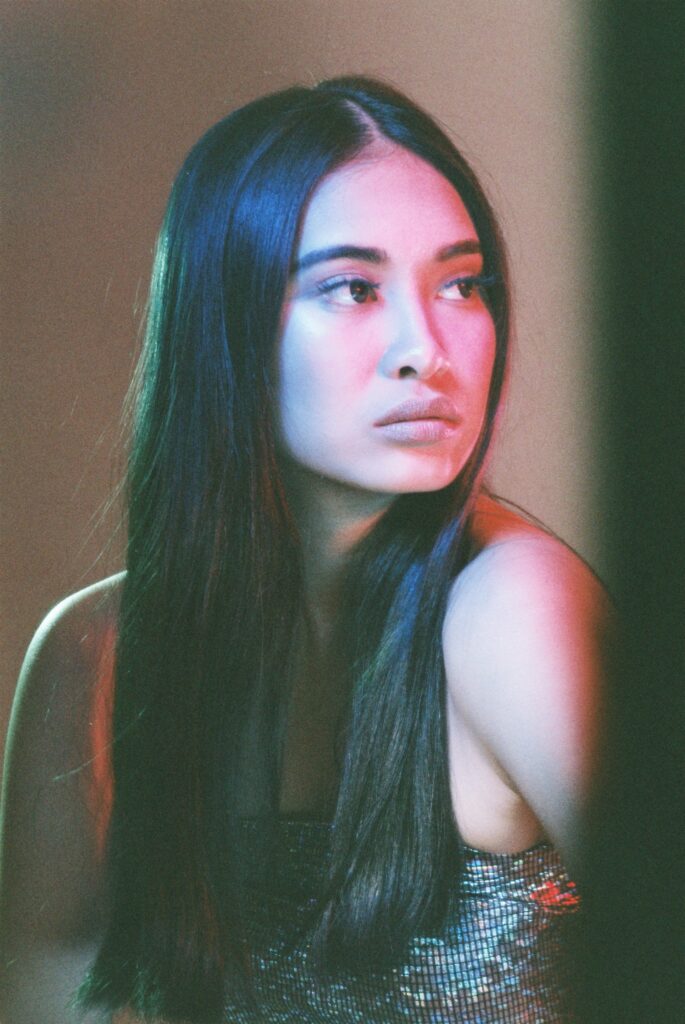
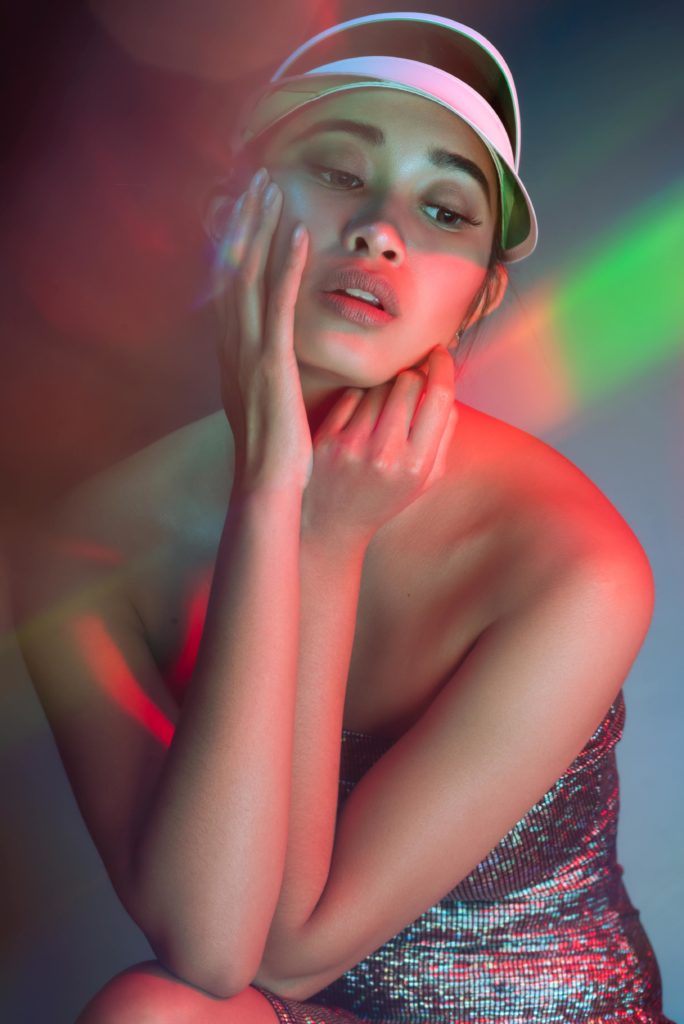
I’m not going to lie, there’s just something in film that I feel I have more of a connection to. The funny thing is, I feel that fashion edits in a way to make images look like they were taken on film. In my experience of shooting the two formats I also find that I can never shoot enough digital whereas with film, I find 36 shots to be excessive for one shoot.
The nicest thing I found about reliving film is that I was forced to be precise, get the lines straight, get the pose right, get exposure right (although I typically do this anyway). Each frame has you wanting to shoot something unique which allows your mind to explore possibilities.
It may not be for everyone (both the quality and attention to detail), but for me it’s been the most enjoyment I’ve had in some time. I’ve since shot more frames and it seems like my camera has since corrected its shutter issues but retains its light leak issues.

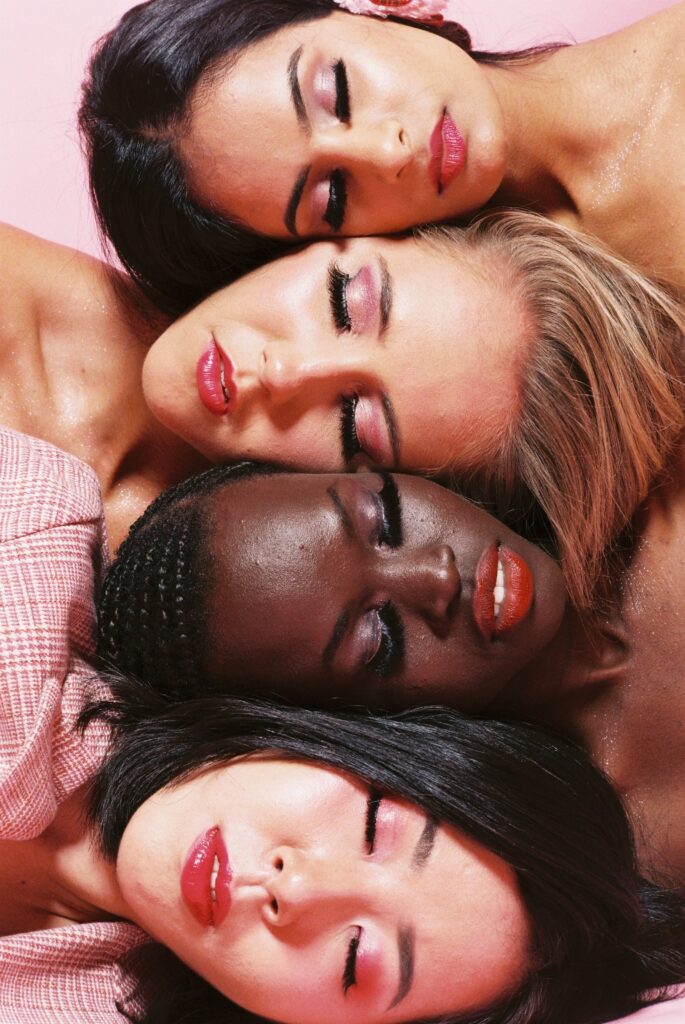
While heading to the camera store can be painful at times to develop film, there is nothing more rewarding than when the images come up the way you had envisioned when composing your shot.
